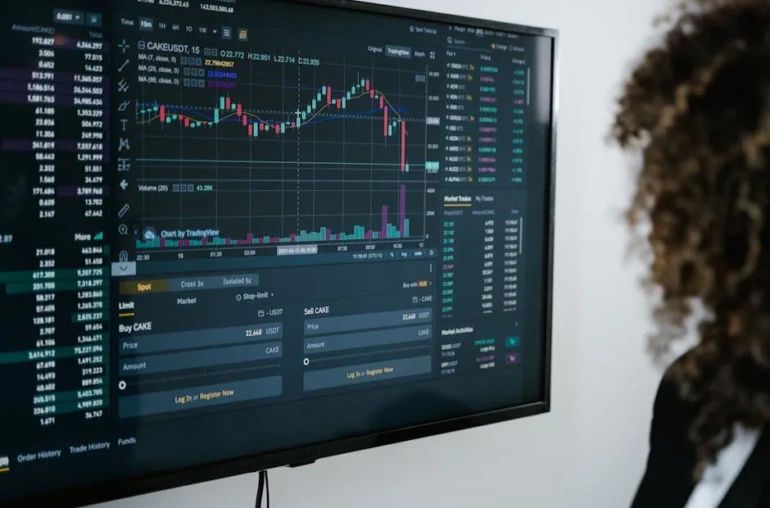Rethinking Stablecoins: Insights from Kaia DLT Foundation on South Korea’s Approach
As the world of cryptocurrency continues to evolve, stablecoins have emerged as a crucial component of the digital currency ecosystem. In South Korea, however, the current approach to stablecoin regulation is under scrutiny. Dr. Sangmin Seo, the chair of the Kaia DLT Foundation, has voiced significant concerns regarding the Bank of Korea’s strategy, suggesting that it lacks a logical foundation.
The Role of Stablecoins in Finance
Stablecoins are digital assets designed to maintain a stable value by pegging them to a reserve asset, such as fiat currencies or commodities. They play an essential role in enhancing liquidity and stability in the volatile cryptocurrency market. Moreover, they can facilitate transactions, making them an attractive option for investors and businesses alike.
Current Landscape in South Korea
In South Korea, the Bank of Korea is positioning itself as a leader in the stablecoin space. However, Dr. Seo argues that the bank’s current framework may not be the most effective way to harness the potential of stablecoins. He emphasizes the need for clearer regulations that would allow both banks and non-banking entities to issue stablecoins. This approach could foster innovation and competition within the market.
Need for Clear Guidelines
Dr. Seo’s call for clear regulations stems from the belief that a bank-first approach could stifle growth and limit the diversity of stablecoin offerings. By allowing only banks to issue these tokens, the Bank of Korea may inadvertently create barriers to entry for non-bank entities that could contribute to the ecosystem. A more inclusive framework could encourage a broader range of stablecoin projects, ultimately benefiting consumers and the economy.
Potential Benefits of a Diverse Market
Having multiple stablecoin issuers can lead to a more dynamic market. It can foster competition, which often results in better services and lower costs for users. Additionally, a variety of stablecoins can cater to different needs, providing options for various use cases—from remittances to online payments.
Conclusion
As South Korea navigates the complex landscape of cryptocurrency regulation, input from industry experts like Dr. Sangmin Seo is invaluable. By considering a more inclusive approach to stablecoin issuance, the Bank of Korea can create an environment that not only supports innovation but also enhances the overall stability and reliability of the digital currency market.
The future of stablecoins in South Korea hinges on the ability of regulators to adapt to the rapidly changing digital landscape. Clear guidelines that embrace both banks and non-banking institutions could unlock the true potential of stablecoins, benefiting all stakeholders in the economy.



